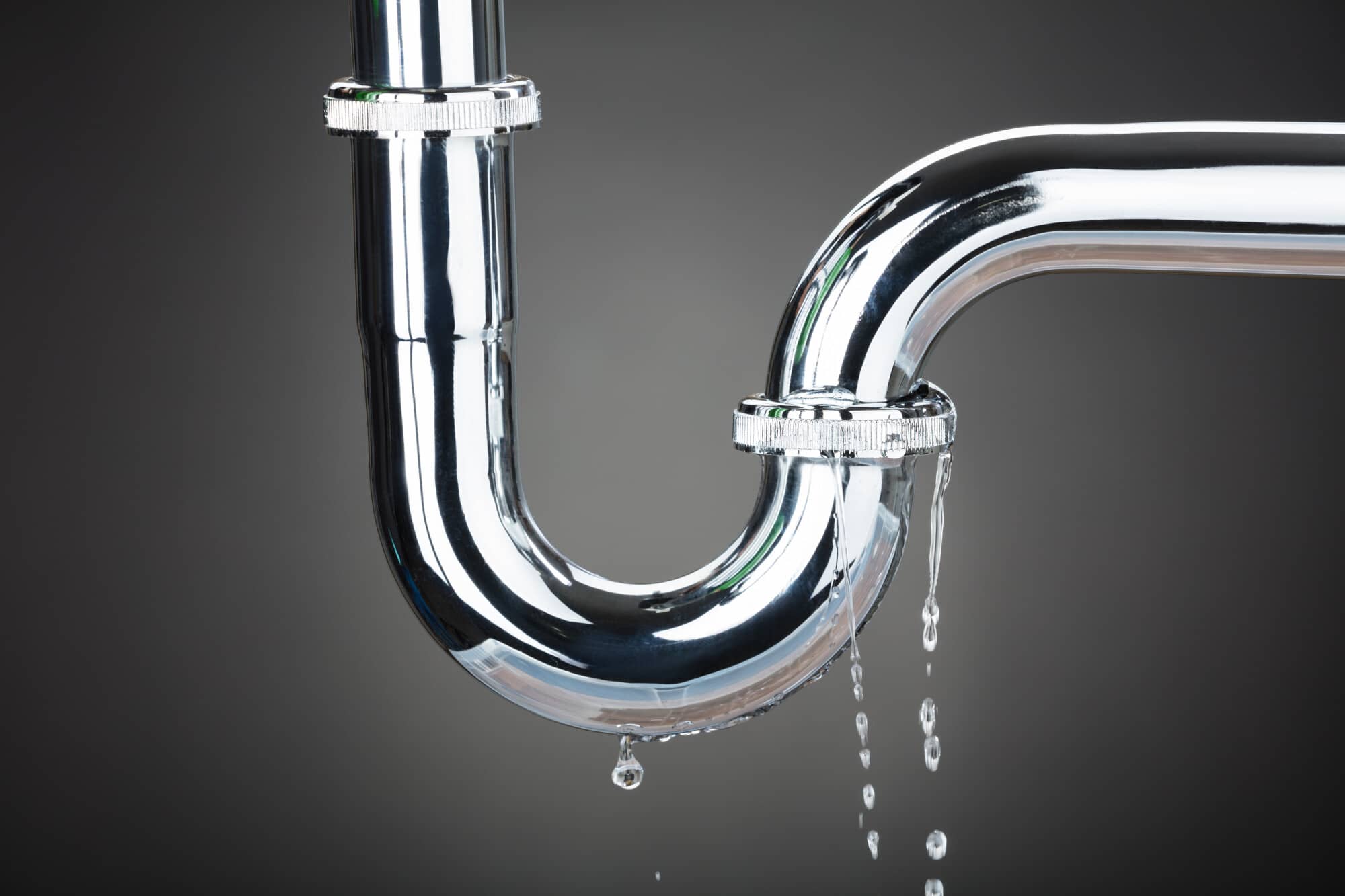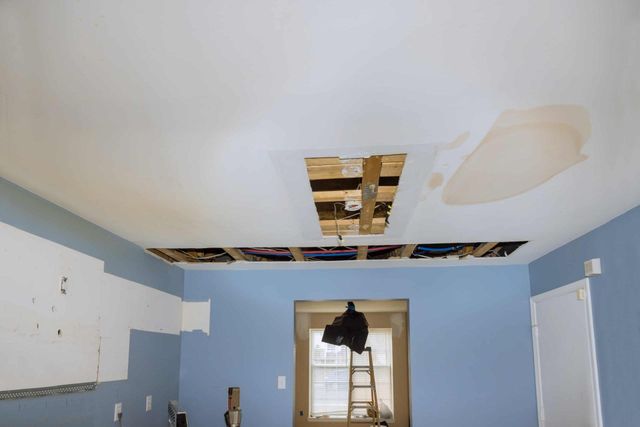We've discovered this great article on How to Repair and Prevent Bathroom Water Damage? listed below on the internet and felt it made good sense to discuss it with you on this page.

Water damage commonly happens in the shower room because of the water made use of day-to-day. Often, the damages could be a little mold and mildew from the shower. Various other times, it's enormous damage on your floor. Whatever it is, it is constantly good to understand the cause and avoid it before it occurs.
This guide will certainly undergo a few of the common causes of water damage in the restroom. We will certainly likewise analyze what you can do to prevent these reasons from harming your washroom. Allow's dive in.
These are the usual reasons you would have water damage in your bathrooms and exactly how you can identify them:
Excess Wetness
It's amazing to have that long shower and also splash water while you hem and haw and also imitate you're performing, yet sometimes these acts can cause water damage to your shower room.
Sprinkling water around can create water to head to edges and form mold and mildews. Enjoy just how you spread out excess dampness around, and also when you do it, clean it up to stop damages.
Fractures in your wall ceramic tiles
Washroom wall tiles have been particularly created for that objective. They shield the wall from moisture from individuals taking showers. Nevertheless, they are not indestructible.
Sometimes, your shower room wall tiles crack as well as allow some dampness to seep right into the wall surface. This might possibly destroy the wall surface if you do not take any kind of action. If you see a crack on your wall floor tiles, fix it quickly. Don't wait up until it ruins your wall surface.
Overflowing commodes and also sinks
As humans, occasionally we make errors that can cause some water damage in the bathroom. As an example, leaving your sink faucet on could cause overflowing and damage to other parts of the restroom with wetness.
Likewise, a malfunctioning commode can trigger overflowing. For example, a broken commode manage or other parts of the cistern. When this happens, it can harm the floor.
As soon as you notice an overruning sink or commode, call a plumbing to help deal with it instantly.
Burst or Leaking Pipelines
There are lots of pipelines bring water to various parts of your restroom. Some pipelines take water to the toilet, the sink, the faucets, the shower, and also lots of other locations. They crisscross the small area of the washroom.
Once in a while, these pipes could obtain corroded and ruptured. Various other times, human activity could cause them to leak. When this occurs, you'll find water in the edges of your shower room or on the wall surface.
To find this, keep an eye out for bubbling walls, mold and mildews, or mold. Call an expert emergency plumbing technician to fix this when it happens.
Roof covering Leaks
Sometimes, the issue of water damage to the bathroom could not come from the washroom. For instance, a roof covering leak can trigger damage to the bathroom ceiling. You can detect the damage done by taking a look at the water stains on the ceiling.
If you find water stains on your ceiling, examine the roof covering to see if it's harmed. After that, call a professional to assist solve the problem.
Conclusion
Water damage to your bathroom can be frustrating. However, you can manage it if you stop several of the causes discussed in this guide. Call an expert emergency plumbing if you discover any kind of severe damage.
How to Prevent Water Damage in Your Bathroom?
Water damage repair is an expensive, meticulous, and lengthy process. Unfortunately, bathrooms are the most susceptible rooms to water damage due to toilets, showers, and sinks. Pipes and fixtures wear out over time and are not immune to damage. But all is not lost, as there are ways to prevent water damage from occurring in your bathroom.
Check Your Plumbing
Nothing lasts forever, especially pipes, which can rust and begin leaking over time. You should periodically conduct pipe inspections and pay attention for any musty smells or water stains that may indicate you need water damage repair. Here are some things to check:
Frequently test valves for your toilet, shower, and sink to ensure they are properly working. Check faucet supply lines hidden under vanities and replace when needed. Replace cracked or deteriorating caulking along sinks, tubs, and showers. If you notice a clog in your sink, call in a professional. Since you can’t check the pipes in the wall, keep an eye out for stains, drywall bubbling, musty smells, and excess moisture; if the bathroom is on a second level, check the ceiling of the room directly below for these signs. Don’t Overwork Your Toilet
One of the most common reasons bathrooms need water damage repair is due to overflowing toilets. Save yourself the hassle of cleanup by being mindful and not pushing your toilet to extreme limits. If you have young children, it is especially important to keep an eye on them when they are in the bathroom and to teach them how to avoid clogging the toilet. Here are some more tips to help prevent your toilet from overflowing:
If you have a septic tank, only use septic-safe toilet paper Do not flush anything down the toilet besides toilet paper; items like diapers and sanitary napkins will clog the piping Pay attention to your toilet’s water level: If it’s low, it could mean it is partially clogged or that there is a crack in the toilet bowl https://www.alure.com/home-improvements-blog/resources/how-to-prevent-water-damage-in-your-bathroom

As an enthusiastic person who reads about How to Repair and Prevent Bathroom Water Damage?, I was thinking sharing that topic was really helpful. Sharing is good. Helping people is fun. Thanks for going through it.
Request Your Service
 Mara Wilson Then & Now!
Mara Wilson Then & Now! Mr. T Then & Now!
Mr. T Then & Now! Shaun Weiss Then & Now!
Shaun Weiss Then & Now! Jurnee Smollett Then & Now!
Jurnee Smollett Then & Now! Elisabeth Shue Then & Now!
Elisabeth Shue Then & Now!